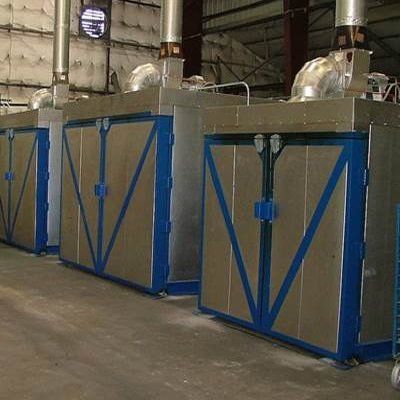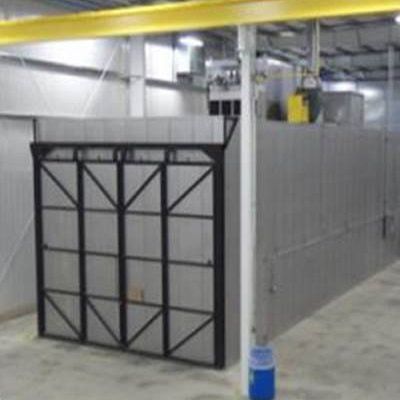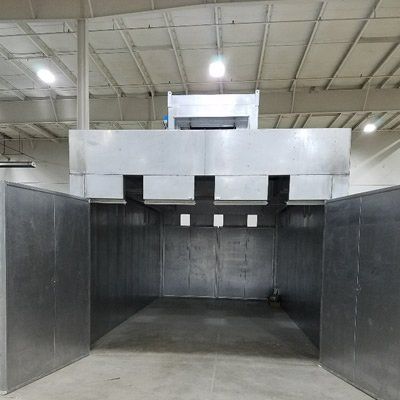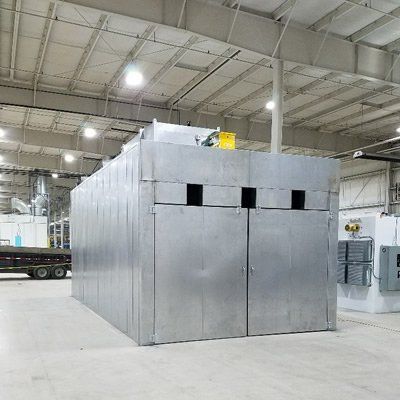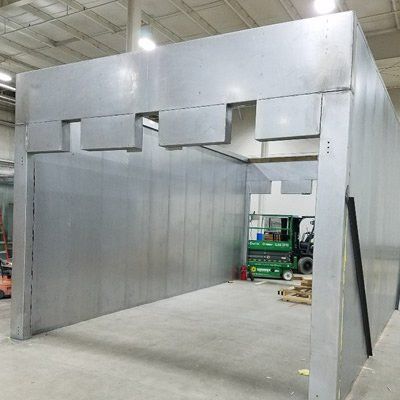Industrial Curing Ovens Tailored to Your Application Needs
Overview
Industrial ovens are heated chambers used for a variety of industrial applications, including drying, curing, or baking components, parts or final products. Industrial ovens can be used for large or small volume applications, in batches or continuously with a conveyor line, and a variety of temperature ranges, sizes and configurations.
Curing ovens are designed to cause a chemical reaction in a substance once a specific temperature is reached. Powder coating is one of curing ovens most common applications.
CONSIDERATIONS FOR SELECTING A CURING OVEN
Batch Ovens: For applications where the load size or production volumes vary substantially, batch processing is a good approach. Batch ovens are also ideal for situations that require a high degree of flexibility in terms of process variables such as temperature or dwell (soak) time.
Continuous Ovens: Where a large quantity of similar product pieces are processed, continuous operation may be the optimal approach. Continuous ovens help ensure consistent thermal processing times for each part in high-volume applications, such as manufacturing electronic components or automotive parts. Continuous ovens may also allow several discrete processes to be combined, reducing material handling and increasing throughput.
Chamber size depends on the size of the product or parts, the number of products in each batch, and the number of batches required per day to meet production requirements. If the interior space is too small, insufficient space between parts results in poor performance. If it is too large, space, time and energy are wasted.
When using forced recirculating airflow, parts benefit from spacing, but the oven can be loaded more densely vertically because airflow is distributed along the entire side wall. Parts should be kept 2-3 inches (5.1 – 7.6cm) from the oven walls.
When considering the temperature requirements for your application, first note the minimum and maximum operating temperatures required.
Additional temperature considerations include:
- The required dwell time at temperature, and the overall cycle time.
- The type and amount of product load. The oven design will need to have sufficient heating capacity to bring the product to the desired temperature within the specified time.
- Whether the heat-up rate needs to be controlled or if the product can be allowed to reach temperature as quickly as possible.
- Any specific cool-down requirements.
Consult with BlastOne
By following BlastOne’s consultative approach to designing you airless wheel blasting system, you will ensure you have global best practices in the design and performance of your new asset.
 My Account
My Account

